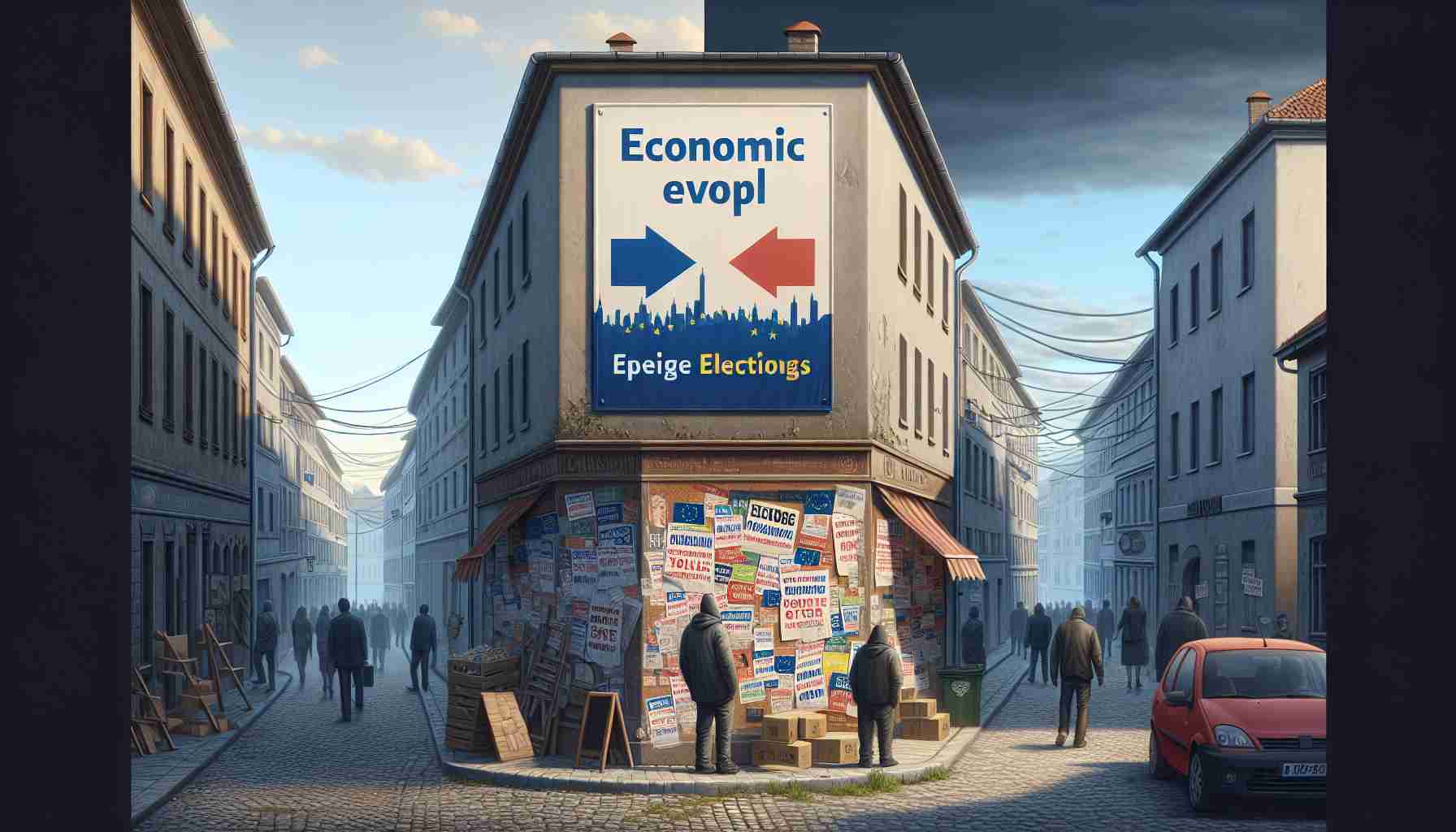The Struggles of Europe’s Economic Powerhouse
Germany, the largest economy in Europe, is facing significant challenges as it experiences a decline for a second consecutive year. Official statistics reveal that the country’s gross domestic product (GDP) contracted by 0.2% last year, following a previous drop of 0.3% in 2023. This development marks only the second instance of a two-year economic downturn since the 1950s.
Pressure mounts on Germany’s industrial sector as manufacturers respond to weakening domestic demand, fierce competition from Chinese products, and surging energy costs. The manufacturing sector specifically suffered a 3% fall in gross value added in 2024, heavily impacted by declines in the automotive, chemical, and energy-intensive sectors. Major employers like Volkswagen announced plans to cut over 35,000 jobs by 2030 to address decreasing demand while maintaining their facilities.
Meanwhile, the construction industry contracted by 3.8% due to soaring material prices and high interest rates affecting projects, particularly in residential sectors. While the service sector saw modest growth, the outlook remains bleak with fluctuations between growth and recession over the past two years.
As Germany gears up for snap elections on February 23, the political landscape is shifting, with emerging parties gaining traction in response to the economic challenges. Analysts expect the new government will face urgent calls to revitalize the economy and tackle investment declines. The path ahead remains uncertain as the eurozone grapples with broader economic pressures.
Germany’s Economic Downturn: Challenges, Innovations, and Future Outlook
### An Overview of Germany’s Economic Status
Germany, recognized as Europe’s economic powerhouse, has recently reported significant challenges, marked by a decline in economic performance for the second consecutive year. Following a 0.3% contraction in 2023, the country’s gross domestic product (GDP) shrank by an additional 0.2% in 2024. This situation is alarming as it has only happened once before since the 1950s, indicating a trend that raises concerns among policymakers and economists.
### Key Challenges Facing Germany
1. **Weak Industrial Performance**: The industrial sector is under pressure as manufacturers face a combination of weakening domestic demand, stiff competition from Chinese goods, and escalating energy costs. In 2024, the manufacturing sector’s gross value added dropped by 3%, with the automotive and chemical industries being particularly hard hit. For instance, major automaker Volkswagen has announced plans to cut over 35,000 jobs by 2030, reflecting the need to streamline operations in response to dwindling demand.
2. **Struggles in the Construction Sector**: The construction industry is experiencing a contraction of 3.8%, attributed to rising material costs and increased interest rates affecting project financing and completion. This is particularly evident in the residential sector, where high costs have stalled many projects.
3. **Fluctuating Service Sector**: While the service sector registered slight growth, its future remains uncertain as it continues to navigate an economy characterized by fluctuations between growth and recession over the last two years.
### Innovations and Adaptation
Despite these challenges, Germany is exploring innovative solutions to reverse its economic downturn. Here are a few notable trends:
– **Green Technology Investment**: Germany is increasingly focusing on sustainable technology and green energy. Investments in renewable energy sources and electric vehicle production are aimed at transforming the industrial landscape to create new job opportunities while addressing climate change.
– **Digital Transformation**: Businesses are investing in digital technologies to enhance efficiency and productivity. The push towards Industry 4.0 technologies, including automation and AI, is seen as vital to maintaining global competitiveness.
### Political Landscape and Future Outlook
With snap elections scheduled for February 23, political adjustments may influence economic strategies. Emerging parties are capturing voter interest, driven by concerns over stagnant investment and ineffective economic policies. Analysts predict that the incoming government will need to prioritize revitalizing the economy and encouraging both domestic and foreign investments.
### Pros and Cons of Germany’s Current Economic State
**Pros**:
– Strong emphasis on innovation and sustainability
– Robust industrial base with a focus on high-quality manufacturing
**Cons**:
– High unemployment rates in key sectors
– Risks of prolonged recession impacting consumer confidence
### Conclusion
As Germany navigates through these significant economic challenges, the potential for future recovery hinges on the successful implementation of innovative solutions and effective policy changes. The upcoming elections present an opportunity for a shift in approach to meet the urgent economic needs of its citizens.
For more insights on economic developments in Europe, visit Eurofound.



